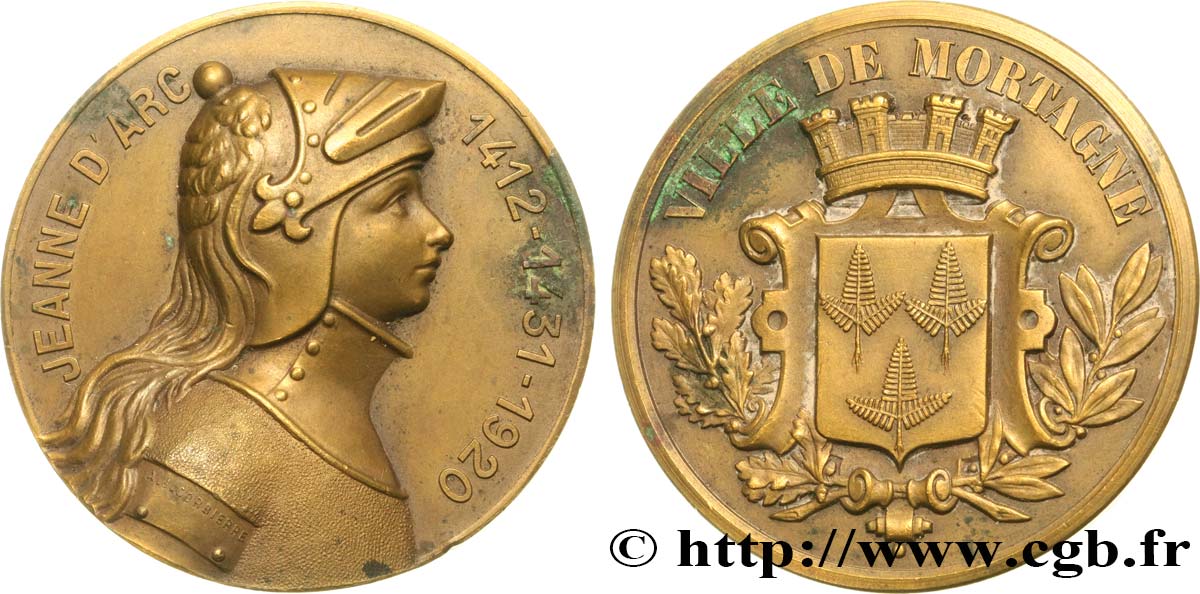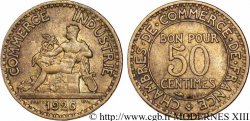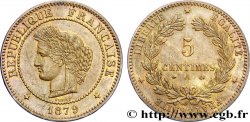E-auction 301-221052 - fme_367459 - III REPUBLIC Médaille de la ville de Mortagne - Jeanne d’Arc
You must signin and be an approved bidder to bid, LOGIN TO BID. Accounts are subject to approval and the approval process takes place within 48 hours. Do not wait until the day a sale closes to register. Clicking on « bid » constitutes acceptance of the terms of use of cgb.fr private e-auctions.
Bids must be placed in whole Euro amounts only. The sale will start closing at the time stated on the item description; any bids received at the site after the closing time will not be executed. Transmission times may vary and bids could be rejected if you wait until the last second. For further information ckeck the E-auctions F.A.Q.
NO BUYER'S FEE.
NO BUYER'S FEE.
| Estimate : | 100 € |
| Price : | 22 € |
| Maximum bid : | 22 € |
| End of the sale : | 21 January 2019 18:15:00 |
| bidders : | 5 bidders |
Type : Médaille de la ville de Mortagne - Jeanne d’Arc
Date: 1920
Mint name / Town : 61 - Mortagne-au-Perche
Metal : bronze
Diameter : 50,5 mm
Orientation dies : 12 h.
Engraver A. J. CORBIERRE
Weight : 75 g.
Edge : lisse + BRONZE
Coments on the condition:
Médaille intéressante, avec une patine brune et des taches plus sombres au droit comme au revers
Obverse
Obverse legend : JEANNE D’ARC - 1412 - 1431- 1456 - 1920.
Obverse description : Jeanne d’Arc casquée et en cuirasse à droite.
Reverse
Reverse legend : VILLE DE MORTAGNE.
Reverse description : Écu couronné de la ville de Mortagne, dans une couronne de lauriers et de chêne.
Commentary
Même type utilisé pour la ville de Digne cf. fme_367354.
Les armes de la commune de Mortagne-au-Perche se blasonnent ainsi : D'or à trois fougères de sinople.
Très forte épaisseur au niveau du buste de Jeanne d’Arc.
Jeanne d'Arc, née vers 1412 à Domrémy (actuellement dans le département des Vosges en Lorraine), village du duché de Bar dont une partie relevait du royaume de France pour le temporel et de l'évêché de Toul pour le spirituel, et morte sur le bûcher le 30 mai 1431 à Rouen, capitale du duché de Normandie alors possession du royaume d'Angleterre, est une héroïne de l'histoire de France, chef de guerre et sainte de l'Église catholique, surnommée depuis le XVIe siècle « la Pucelle d'Orléans » et, depuis le XIXe siècle, « mère de la nation française ».
Capturée par les Bourguignons à Compiègne en 1430, elle est vendue aux Anglais par Jean de Luxembourg, comte de Ligny, pour la somme de dix mille livres. Elle est condamnée à être brûlée vive en 1431 après un procès en hérésie conduit par Pierre Cauchon, évêque de Beauvais et ancien recteur de l'université de Paris. Entaché de nombreuses irrégularités, ce procès voit sa révision ordonnée par le pape Calixte III en 1455. Un second procès est instruit qui conclut, en 1456, à l'innocence de Jeanne et la réhabilite entièrement. Grâce à ces deux procès dont les minutes ont été conservées, elle est l'une des personnalités les mieux connues du Moyen Âge.
Béatifiée en 1909 puis canonisée en 1920, Jeanne d'Arc est devenue une des quatre saintes patronnes secondaires de la France. Sa fête nationale est instituée par la loi en 1920 et fixée au 2e dimanche de mai.
.
Les armes de la commune de Mortagne-au-Perche se blasonnent ainsi : D'or à trois fougères de sinople.
Très forte épaisseur au niveau du buste de Jeanne d’Arc.
Jeanne d'Arc, née vers 1412 à Domrémy (actuellement dans le département des Vosges en Lorraine), village du duché de Bar dont une partie relevait du royaume de France pour le temporel et de l'évêché de Toul pour le spirituel, et morte sur le bûcher le 30 mai 1431 à Rouen, capitale du duché de Normandie alors possession du royaume d'Angleterre, est une héroïne de l'histoire de France, chef de guerre et sainte de l'Église catholique, surnommée depuis le XVIe siècle « la Pucelle d'Orléans » et, depuis le XIXe siècle, « mère de la nation française ».
Capturée par les Bourguignons à Compiègne en 1430, elle est vendue aux Anglais par Jean de Luxembourg, comte de Ligny, pour la somme de dix mille livres. Elle est condamnée à être brûlée vive en 1431 après un procès en hérésie conduit par Pierre Cauchon, évêque de Beauvais et ancien recteur de l'université de Paris. Entaché de nombreuses irrégularités, ce procès voit sa révision ordonnée par le pape Calixte III en 1455. Un second procès est instruit qui conclut, en 1456, à l'innocence de Jeanne et la réhabilite entièrement. Grâce à ces deux procès dont les minutes ont été conservées, elle est l'une des personnalités les mieux connues du Moyen Âge.
Béatifiée en 1909 puis canonisée en 1920, Jeanne d'Arc est devenue une des quatre saintes patronnes secondaires de la France. Sa fête nationale est instituée par la loi en 1920 et fixée au 2e dimanche de mai.
.








 Report a mistake
Report a mistake Print the page
Print the page Share my selection
Share my selection Ask a question
Ask a question Consign / sell
Consign / sell
 Full data
Full data



